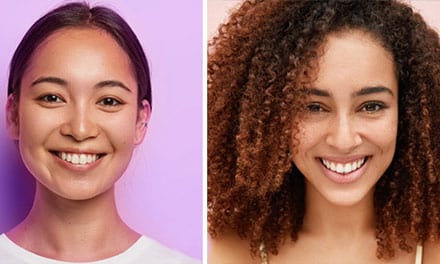
Hyperhidrosis, or excessive sweating, is a common disorder that produces a lot of unhappiness. An estimated 2%-3% of Americans suffer from excessive sweating of the underarms (axillary hyperhidrosis) or of the palms and soles of the feet (palmoplantar hyperhidrosis). Underarm problems tend to start in late adolescence, while palm and sole sweating often begins earlier, around age 13 (on average). Untreated, these problems may continue throughout life.
Sweating is embarrassing, it stains clothes, ruins romance, and complicates business and social interactions. Severe cases can have serious practical consequences as well, making it hard for people who suffer from it to hold a pen, grip a car steering wheel, or shake hands.
Although neurologic, endocrine, infectious, and other systemic diseases can sometimes cause hyperhidrosis, most cases occur in people who are otherwise healthy. Heat and emotions may trigger hyperhidrosis in some, but many who suffer from hyperhidrosis sweat nearly all their waking hours, regardless of their mood or the weather.
Here are various options:
Over-the-counter antiperspirants containing a low dose of metal salt (usually aluminum) are usually tried first because they are readily available. Antiperspirants containing aluminum chloride (for example Certain Dri) may be more effective when other antiperspirants have failed.
Prescription-strength antiperspirants, such as Drysol, contain aluminum chloride hexahydrate. These work by “plugging up” the ducts that emit sweat, so they work only as long as you use them regularly. Otherwise, the channels open up and sweat begins again. They are often very irritating, especially to the surrounding skin. Sometimes using barrier creams around the armpit can help prevent the spread of the Drysol to normal skin, but often a mild topical cortisone cream is needed to treat the irritated skin.
Qbrexza (glycopyrronium bromide)is a new, FDA-approved prescription topical medication, applied daily to each underarm as a wipe. It is a topical form of the oral anticholinergic medication Robinul (which is rarely used today), and can possibly cause some of the same side effects that the oral medication causes, including blurred vision, dry mouth, and urinary retention.
Botulinum toxin A (Botox, Xeomin, and Dysport), a nerve toxin that can temporarily paralyze muscle, is often in the news as a cosmetic treatment for wrinkles. But it has actually been used in many areas of medicine for some time, such as in the treatment of muscle spasms and certain types of headaches. Its latest medical niche is the treatment of excessive underarm sweating.
It has been approved by the FDA for this purpose and has literally been a life-changing treatment for many people. The injections are essentially painless, and the results typically last for 6 months to a year. Hyperhidrosis of the palms, another common condition, is also readily treated this way and is almost a miracle solution to the problem. Again, a life-changer for many people!
While some insurance companies will cover the procedure, it varies by provider. Yes, it is somewhat costly if not covered, but so is dry cleaning and replacing clothing that has been damaged by sweat stains!
With all of these available treatments, hyperhidrosis is no longer something to be left unattended if it affects your life negatively. Talk to your physician and take action!
Make your skin a priority with our leading Upper East Side Medical and Cosmetic Board-Certified Dermatologists.
Book Now